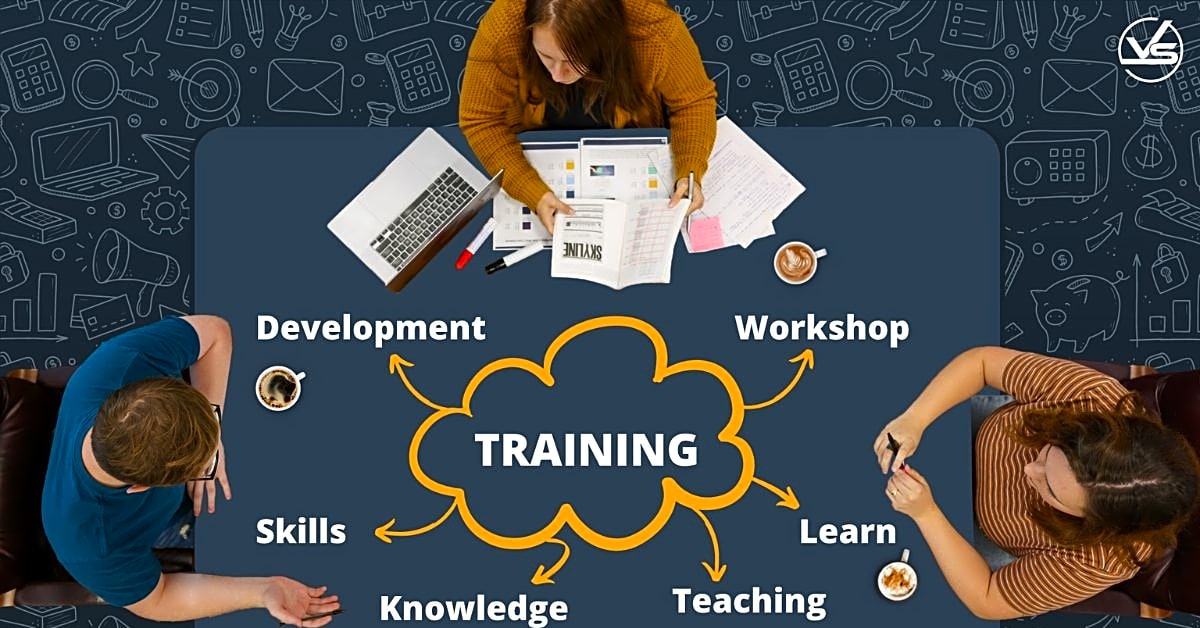The modern business landscape is constantly evolving, and with it comes the need for companies to adapt and streamline their processes and workflows. In today’s fast-paced world, efficiency and productivity are key factors in determining the success of any organization. That’s where streamlining processes and workflows comes in. By optimizing and automating various tasks and procedures, businesses can save valuable time and resources, ultimately boosting their productivity and efficiency. In this article, we will delve into the concept of streamlining processes and workflows, and how it can benefit businesses of all sizes. So, whether you’re a small start-up or a large corporation, read on to discover how you can optimize your operations and drive your business towards success.
Are you looking for ways to enhance your business management skills and strategies? Streamlining processes and workflows can help you boost productivity and efficiency, leading to a successful business. In this article, we will cover everything you need to know about streamlining processes and workflows for business management.
To start off, let’s discuss the basics of streamlining processes and workflows. This refers to the process of optimizing and simplifying the steps involved in completing a task or project. By streamlining your processes and workflows, you can eliminate unnecessary steps, reduce waste, and improve overall efficiency.
Now, let’s dive into the different management strategies that can be applied in streamlining processes and workflows. Effective leadership skills are essential in ensuring that the streamlined processes are carried out smoothly. Strong project management skills are also crucial in identifying areas for improvement and implementing changes. Time management is another important aspect, as it helps prioritize tasks and allocate resources effectively.
Team building is also crucial in streamlining processes and workflows. A cohesive team that works well together can streamline tasks and improve overall efficiency. Decision making skills play a vital role in streamlining processes, as making quick and effective decisions can prevent delays and keep projects on track.
Effective communication is key in any business, especially when it comes to streamlining processes and workflows. Clear and concise communication ensures that tasks are completed accurately and efficiently. Problem solving skills are also essential in identifying and resolving issues that may arise during the streamlining process.
Organizational skills are crucial in keeping track of streamlined processes and ensuring that they are carried out consistently. Productivity is also a significant factor, as streamlined processes should ultimately lead to increased productivity and efficiency.
To implement these strategies effectively in your business, here are some practical tips and examples:
- Leadership skills: Lead by example and communicate effectively with your team. Be open to feedback and adapt your leadership style as needed.
- Project management: Use project management tools to track progress and identify areas for improvement. Assign tasks and set deadlines to keep everyone on track.
- Time management: Prioritize tasks and delegate where necessary. Use time tracking tools to analyze where time is being spent and find ways to optimize it.
- Team building: Encourage team collaboration and foster a positive work environment. Organize team building activities to improve communication and teamwork.
- Decision making: Gather all necessary information and make decisions promptly. Be open to feedback and make adjustments as needed.
- Communication skills: Clearly communicate expectations, goals, and tasks to your team. Encourage open communication and provide regular updates on progress.
- Problem solving: Identify potential issues and come up with solutions proactively. Collaborate with your team to find the best solutions.
- Organizational skills: Keep track of streamlined processes and make adjustments as needed. Use organizational tools such as calendars and task lists.
- Productivity: Set realistic goals and provide your team with the resources they need to achieve them. Use productivity tools to track progress and identify areas for improvement.
By implementing these strategies, you can effectively streamline processes and workflows in your business, leading to increased productivity and efficiency. Remember to regularly review and make adjustments as needed to ensure continued success.
Streamlining Processes and Workflows: What You Need to Know
Streamlining processes and workflows is a crucial aspect of business management that can greatly impact the productivity and efficiency of a company. It involves identifying and eliminating unnecessary steps or tasks, automating processes, and optimizing workflows to achieve better results in less time.
By streamlining processes and workflows, businesses can minimize errors, reduce waste, and save time and resources. This leads to improved efficiency and increased productivity, allowing businesses to achieve their goals more effectively.
Management Strategies for Streamlining Processes and Workflows
Streamlining processes and workflows is crucial for business management, as it allows for smoother operations and increased efficiency. However, in order for this streamlining to be successful, it is important to have effective management strategies in place. These strategies will ensure that the process of streamlining is implemented smoothly and that the desired results are achieved.
One key management strategy for streamlining processes and workflows is to clearly define roles and responsibilities within the team. This helps avoid confusion and duplication of tasks, leading to a more streamlined and efficient workflow. Additionally, having open communication channels and regular check-ins can help identify any roadblocks or bottlenecks in the process, allowing for quick adjustments to be made.
Another effective management strategy is to prioritize tasks and eliminate any unnecessary steps or processes. This can be done through regular process audits, where managers can identify areas that can be streamlined or automated. By removing unnecessary steps, the workflow becomes more efficient and less time-consuming, ultimately leading to increased productivity.
Furthermore, delegation of tasks is also an important management strategy for streamlining processes and workflows. By assigning specific tasks to team members based on their strengths and expertise, the workflow becomes more streamlined as each person is responsible for a specific task or stage in the process. This also allows for a more even distribution of workload, reducing the chances of burnout or delays in completing tasks.
Lastly, incorporating technology and automation into the process can greatly improve efficiency. From project management tools to automation software, there are various technological solutions that can aid in streamlining processes and workflows. This not only reduces the chances of human error, but also frees up time for employees to focus on more high-value tasks.
In conclusion, streamlining processes and workflows is essential for improving your business management skills and strategies. By implementing effective management strategies such as leadership skills, project management, time management, team building, decision making, communication skills, problem solving, organizational skills, and productivity, you can boost productivity and efficiency in your business. Whether you are looking to start a business or grow an existing one, streamlining processes and workflows is a crucial step towards success.






